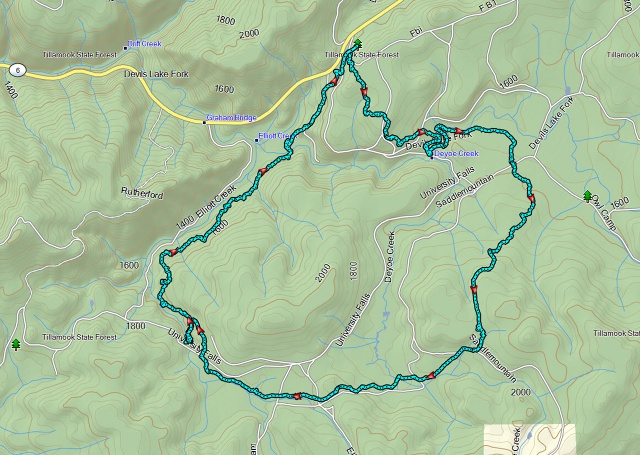Skunk Cabbage
(Lysichiton americanus)
Also called: Western skunk cabbage and Swamp lantern
The plant is called skunk cabbage because of the distinctive "skunky" odor
that it emits when it blooms. This odor will permeate the area where the plant grows, and can be detected even in old, dried specimens. The distinctive
odor attracts its pollinators, scavenging flies and beetles. (from Wikipedia)
